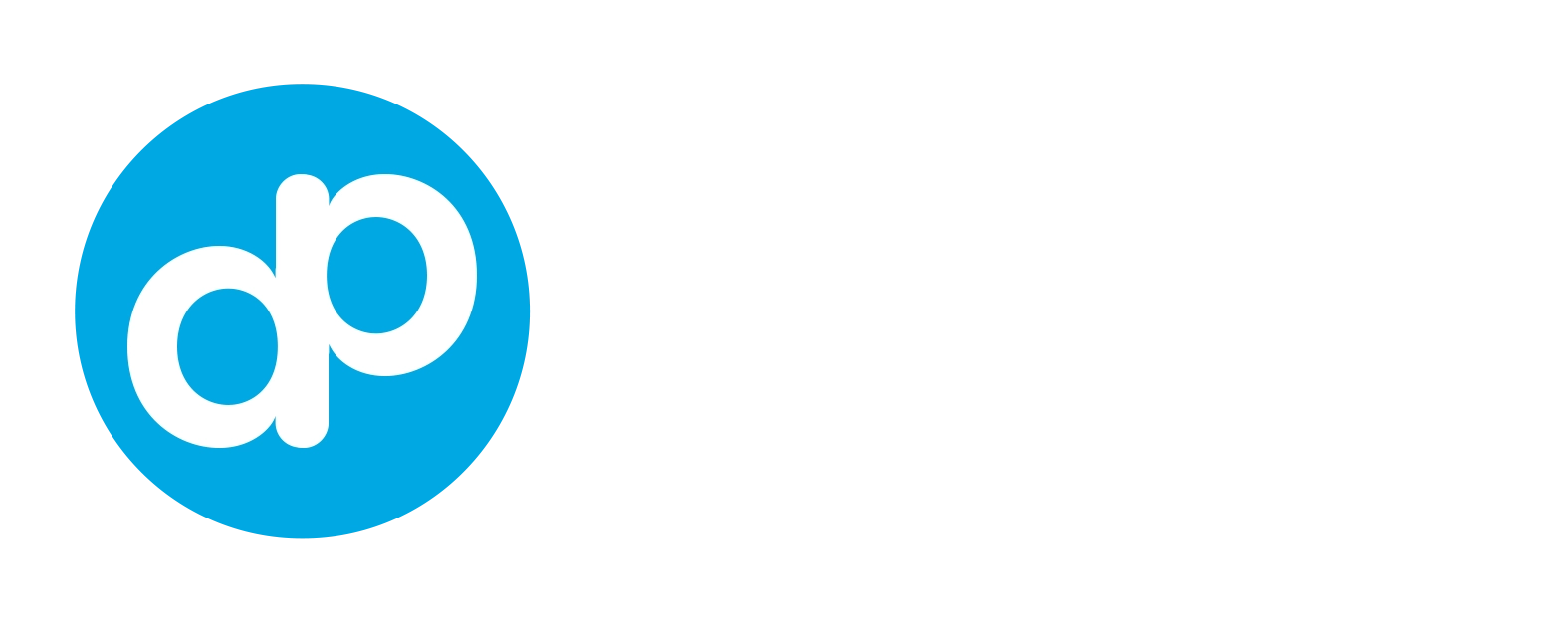The software testing landscape has evolved significantly, shifting beyond the traditional “Test Early, Test Often” and “Shift Left” approaches in the technology world to ensure quality, reliability, and speed. These elements are crucial for a software product to be first to market and gain immediate user acceptance. The complexity of testing has increased with the need to evaluate software at every stage of development, including design, building, testing, and delivery.
According to a report by Coherent Market Insights, Software Testing and QA Services Market Size & Share Analysis – Industry Research Report – Growth Trends and Forecasts (2023 – 2030), the global software testing market is projected to grow from $38.42 billion in 2023 to $90.39 billion by 2030, at a Compound Annual Growth Rate (CAGR) of 13%. This substantial growth highlights the rapid adoption of new technologies and the increasing importance of software testing in today’s digital era.
This blog will discuss the latest software trends transforming the industry. However, before we examine the trends, it is important to recognize the challenges the testing or QA team often encounters in delivering the highest-quality software.
Challenges in QA Testing
The key challenges amidst the accelerating pace of technological innovation and stringent quality demands include:
- Scarcity of Testing Talent: Scarce talent is a critical challenge that needs urgent attention, with a 40% shortage of software testing skills worldwide. The impact of this skill gap is experienced wide and beyond, with consequences like system failures and security vulnerabilities.
- Expectations of Seamless Delivery: In an integrated world of Cloud and SaaS Software, the expectations of seamless, near real-time delivery have highlighted the need for testing end-to-end scenarios. This includes performance, security, penetration and integration testing. These roles, traditionally performed by Systems Integrators, are now moving back to ISV’s and product vendors.
- Increased Software Complexity: Microservices, distributed architecture, cross-integrations, unstable environments, poor documentation, and evolving quality standards lead to more complex software systems.
- Collaboration Gaps: The lack of effective collaboration between cross-functional teams, particularly testers and developers, significantly contributes to poor integration and fragmented testing efforts. Highlighting the importance of this collaboration can lead to improved integration and more effective testing efforts.
- Shorter Development Cycles: With Agile and DevOps leading the charge, the time frame for testing processes has become more pressing, posing a significant challenge to QA teams. The demand for prompt software delivery adds to the pressure.
- Real-World Test Failures: Even after multiple successful tests in controlled environments, software may fail to perform under real-world conditions. This further leads to potential revenue loss and high user dissatisfaction.
The Shift Towards Early Integration of Testing
Today, companies are integrating testing earlier in the software development cycle, particularly with Agile methodologies that have emerged as beacons of efficiency and adaptability. This ensures quality is an integral part of the process, leading to faster delivery of high-quality software.
This approach has led to the establishment of Testing Centers of Excellence (T-CoEs), which align testing mechanisms with software development, ensuring products are ‘Ready for Business.’


Role of Testing Centers of Excellence (T-CoEs)
T-CoEs are specialized units within organizations that drive excellence in software testing practices. These serve as strategic assets by bringing together:
- Domain Expertise: Teams of highly skilled testing professionals with expertise in various domains such as functional testing, performance testing, security testing, and automation testing.
- Standardized Processes: Establish standardized testing processes and methodologies to ensure consistency, repeatability, and efficiency across projects and teams.
- Best Practices: Repositories of industry best practices that continuously research, evaluate, and implement emerging trends, techniques, and tools.
- Advanced Tools and Technologies: Leverage cutting-edge tools and technologies to streamline, automate, and optimize testing workflows, maximizing ROI.
- Collaboration and Knowledge Sharing: Facilitate cross-functional collaboration and knowledge sharing, enabling teams to learn from each other’s experiences.
- Continuous Improvement: Drive a culture of continuous improvement by assessing and optimizing processes, tools, and techniques to enhance testing maturity and effectiveness.
From strategies to processes to frameworks, a T-CoE helps to modernize all aspects of testing, reducing risks, improving quality, and ensuring comprehensive coverage.
Key Software Testing Trends Shaping 2024
DevOps
- Integration of development and operations teams
- Faster delivery of features and updates
- Increases efficiency and automation in workflows
Artificial Intelligence (AI)
- Allows for multi-modal testing
- Enhances precision and accuracy leading to reliable applications
- Ability to handle complex test scenarios and large datasets
Low Code No Code Automation
- Individuals with limited coding experience develop applications
- Faster test production using visual interfaces and pre-built templates
- Reduces dependency on specialized coding skills
Automation Testing
- Use automated tools to execute test cases
- Faster release cycles and increase test coverage
- Improve quality of software
Digital Immune System
- Advanced technologies protect digital systems
- Improve software quality, reliability, and security
- Proactively identify and mitigate risks
Robotic Automation
- Automate repetitive tasks
- Enhance operational efficiency and productivity
- Improve cost savings and scalability
UAT (User Acceptance Testing)
- Validate software functionality and usability before deployment
- Identify and resolve issues before release
- Increase user satisfaction and confidence
Infrastructure as Code (IaC)
- Faster deployment with automated provisioning
- Enhance collaboration with version control systems
- Elimination of configuration drift
The Bottom Line
In a rapidly evolving digital landscape, staying ahead is essential. The software testing trends of 2024 emphasize collaboration, automation, and user-centricity. Embracing these trends is crucial for success. Additionally, many companies opt for outsourcing testing to third-party experts, which optimizes costs and reduces the need for in-house resources, driving business growth and value.
Navigate the Complexities of Testing with Delaplex
The first step to developing a successful testing program is to assess your current testing strategy, practices, software, and resource gaps. Next, explore the innovative trends and technologies available that will provide you with the best possible results to meet your testing goals and objectives. Now you’re ready to develop a strategic plan, or roadmap, including rollout and training.
To accomplish these steps and deliver the best possible results, consider Delaplex as your testing partner of choice. delaPlex offers comprehensive testing solutions that are tailored to your specific needs. Our testing specialists have deep and broad experience across multiple domains and expertise in the latest software and tools, bringing you an unmatched level of knowledge to solves the toughest challenges. Be sure to check out our T-CoEs.
We would like to learn more about these testing challenges you face and how Delaplex can help.
Contact us today.








